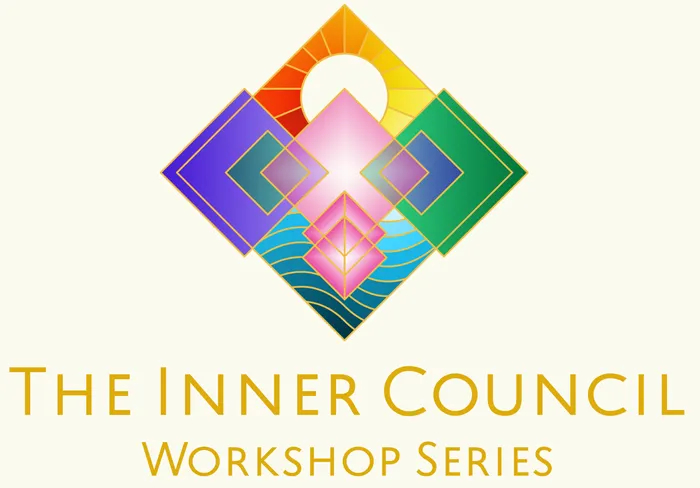BOOK YOUR WORKSHOP TODAY
All posts published here are presented as casual conversation pieces to provoke thought in some direction or another, they do not necessarily represent fixed opinions of the Inner Council, as our work exists beyond the spectrum of bound statement and singular clause.
Effective Inner Child Communication
To communicate effectively is an aspect one often revisits now and again, being drawn to by outside influence, referenced and reinforced within our culture as an integral part of our shared networks on many levels. As well as its primary utility, most often automated, communication is present in just about every part of our daily lives. There are mountains of literature, studies and guides on how we can communicate more effectively, depending on our personal desires, wishes and circumstances. Although a vast world of opinion, research, and experience exists, a loose definition is an exchange of information, or news, and that is then understood by another. Communication is therefore a two-way interchange; one cannot achieve successful communication on their own.
Communication tends to focus on communication between ourselves and the outside world; however, I’d like to explore a consideration of how we communicate with ourselves.
By practicing effective communication, in whatever capacity that may be for each individual, if we examine our inner dialogue, I wonder if we apply the same principles and methods of effective communication inwardly and we do outwardly?
To consider why this may be something of interest, let us reflect on our thoughts on a day to day basis. Our mind is in constant contact with us, we hear and form dialogue through our thoughts, connected also to feelings, emotions and bodily actions and reactions. Our mind and body have a relationship of interaction, which also involves a form of communication.
We may take for granted that our mind runs a lot of our daily experience for us; it throws up judgements, evaluations, calculations, and decisions, most of which go unnoticed by us as we are busy with our own agenda, or program. This is a necessary quality of our day to day functioning, however, if we stop to listen and observe our minds, it reveals a whole new truth. Mindfulness meditation is one such practice, and there are many forms and practices within the field of meditation, that provides an opportunity to observe and learn the nature and divisiveness of the mind.
Language is one such device used to communicate and includes the reinforcement of beliefs and conditioning based on judgements and evaluations, as well as influence from societal and cultural levels. The use of ‘I am’ is a particularly powerful set of words that our beliefs are attached to and with which we identify with so much so, that we are convinced they are a part of us. “I am happy, sad, angry” for example, are emotions that arise in us, but they are not us, although experiencing emotions are real and valid, they also change, and are impermanent.
Words that make up sentences are naturally forming dialogues that often we engage in without thinking. When we open our mouths to speak, sound and vibration carries meaning through language. This is true for internal dialogue too. By observing our mind we begin to notice that it may like something one day, and seemingly not the next; it is anything but consistent.
Stories and metaphors
The stories we tell ourselves, internally, affect us; we follow, believe and are led by them, not always to our benefit. How many of us are walking around saying nice, supporting and encouraging things about ourselves? Sometimes a referee, or witness (third party) may need to be present to calm the show down. Through practices such as meditation, we start to experience ourselves from a new perspective; as a silent witness watching our mind and it’s contents. This can be a revelation, as well as a surprise to notice our internal talk. Through focused attention, meditation can calm the mind, quiet the chaos for a while, and allow for an introspective experience of our world that provides us with wisdom; our own inner wisdom. This is also a method to tune into our hearts and learn what our needs are and perhaps most significantly; our truth.
Another method of tapping into our internal dialogue is through contact and a relationship with our inner child. Meditation is also used in inner child work, and the two together are powerful connectors of providing insight to our internal worlds. How we communicate with ourselves is inclusive of the various archetypes within us; the Inner Child being one of them. The Inner Child believes everything we tell them, words and phrases being reinforced over the years, we come to understand why our beliefs and conditioning are rooted so deep, and hold such force and influence over our lives. A lot of this is automatic, unconscious, and in the inner child workshop, we explore the nature of these deep rooted wounds, beliefs and conditioning that manifest in our lives through habit patterns, emotional reactions, learned behaviours that most often result in sacrificing our needs, remaining unfilled. Through effective communication with our inner child and conscious language, we begin to parent ourselves to identify and meet our needs, heal past wounds and empower ourselves to make changes in our lives, on our terms.
Cultivating a gentler internal dialogue boosts self esteem, self worth and maintains a focus on ourselves, in touch with our true thoughts, and feelings in a way that is not naturally or normally honoured in modern day society. We are conditioned to look outside of ourselves for approval, validation, love and acceptance; this is accessible for us to give ourselves, inwardly, supporting our own personal development.
I invite you to spend some time reflecting on your inner dialogue and see what arises; perhaps shedding light on how your inner communicator, and inner child are expressing themselves.
Visit our Inner Child Workshop page to find out more.





